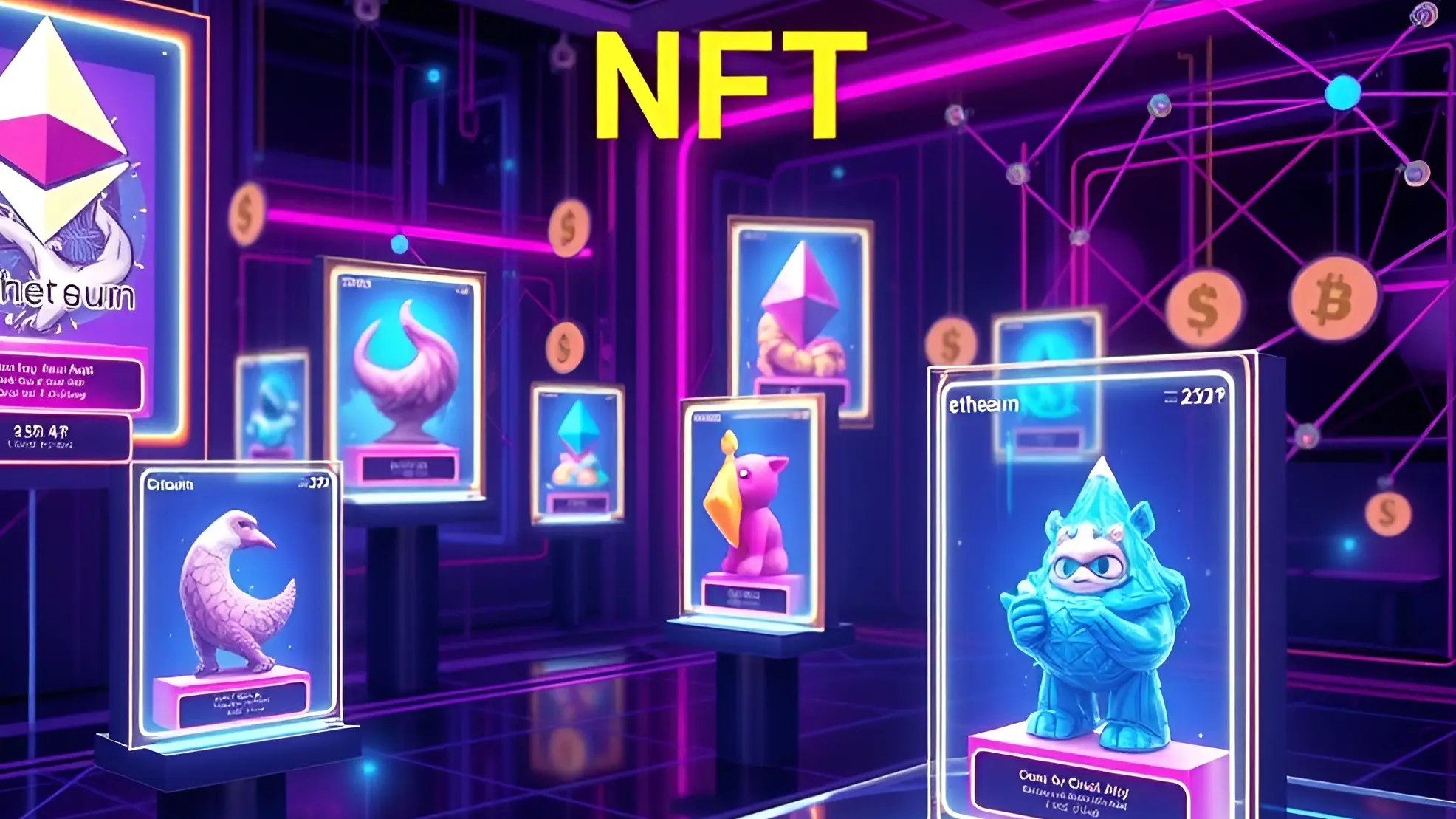What Is an NFT (Non-Fungible Token)?
An NFT (Non-Fungible Token) is a special kind of digital asset that uses blockchain technology to verify ownership and authenticity.
Unlike cryptocurrencies such as Bitcoin or Ethereum (which are fungible and interchangeable), NFTs are non-fungible—each one is unique and cannot be swapped one-for-one with another.
NFTs are commonly used to represent digital artwork, collectibles, music, and more. Their underlying blockchain record ensures traceability and security, making NFTs an evolving frontier in the digital economy.
Key Takeaways:
ShowDefinition of NFTs
Non-Fungible Tokens (NFTs) are digital assets with unique properties that make them impossible to replace with an identical item.
While cryptocurrencies are “fungible” (one Bitcoin is the same as any other Bitcoin), each NFT stands apart due to its distinct characteristics, proven by a blockchain-based record of ownership.
NFTs often represent digital art or collectibles, but they can also stand for tickets, in-game items, or real-world assets.
Their underlying code (metadata) holds information about the creator, ownership, and other relevant details, boosting trust and transparency.
How NFTs Work
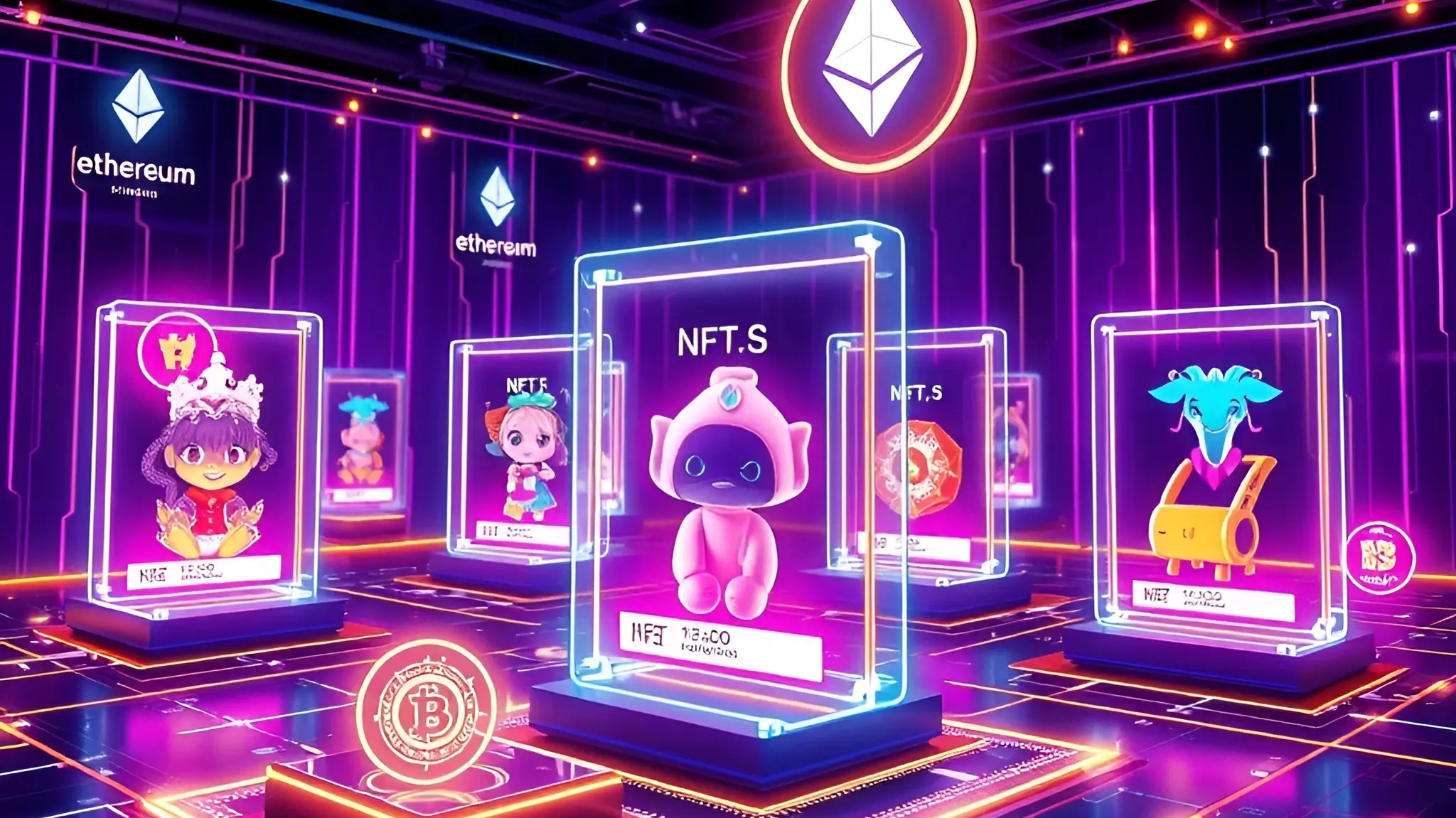
NFTs are created and managed on a blockchain, which acts as a public database storing all transactions.
Each NFT includes metadata describing what the token represents (e.g., art, music, or property rights).
- Minting: The process of creating (“minting”) an NFT involves writing its details (metadata) onto a blockchain.
- Ownership: Each NFT links to a digital wallet, proving who owns it at any given time.
- Security: Because blockchains are decentralized and tamper-resistant, the ownership and authenticity of NFTs are highly secure.
| Feature | What It Means | Why It Matters |
|---|---|---|
| Decentralization | Operates on a network of distributed nodes | Reduces reliance on a central authority, enhancing security |
| Immutability | Once recorded, data cannot be altered | Protects the authenticity of each NFT |
| Interoperability | Works with multiple platforms or apps | Broadens where and how you can use NFTs |
Key Characteristics of NFTs
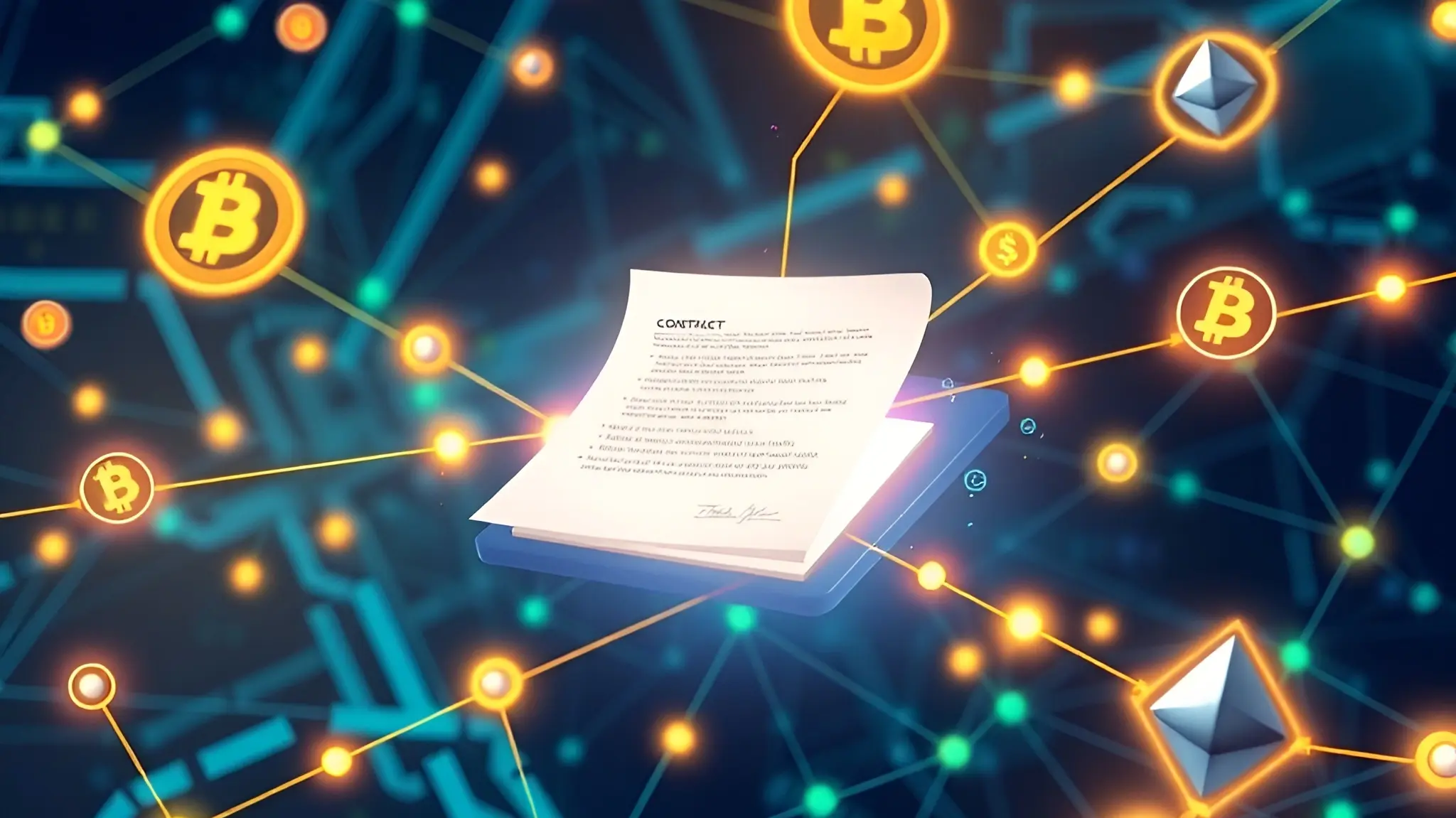
- Uniqueness: Each NFT’s code is different, making it non-fungible.
- Indivisibility: Unlike Bitcoin (which you can split into small amounts), most NFTs cannot be divided into smaller units.
- Metadata: Details about an NFT’s creator, description, or special features add to its value.
- Smart Contracts: NFTs often include automated rules (e.g., royalties for original creators) that activate whenever the NFT is sold.
Types of NFTs
- Digital Art: From single pieces of artwork to entire collections, NFTs have transformed how artists sell and earn royalties.
- Music: Musicians release NFTs tied to songs, albums, or concert experiences, often giving fans exclusive access.
- Virtual Real Estate: These NFTs represent “land” or property in online games and virtual worlds.
- Collectibles: Digital trading cards, game items, and other collectibles gain value from rarity and community interest.
The Role of Blockchain
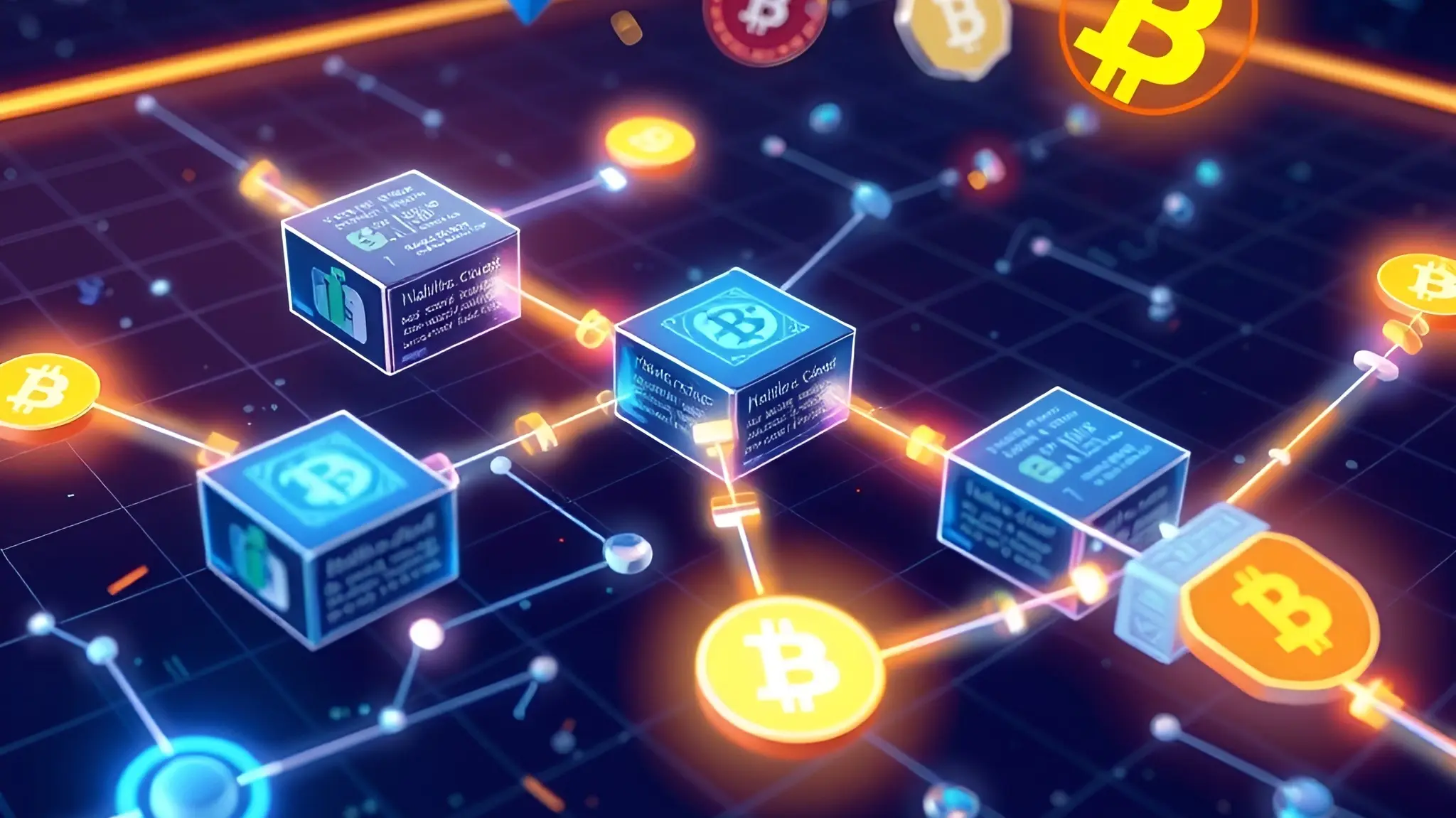
Blockchain is the backbone of NFTs, ensuring their authenticity through a decentralized ledger.
Each transaction is added to a “block” and then linked to previous blocks, forming an unbreakable chain of data. This transparency:
- Proves Ownership: The ledger clearly shows who owns an NFT.
- Prevents Tampering: No single entity can change the records retroactively.
- Enables Trust: Buyers and sellers can verify the entire history of an NFT, reducing fraud.
Use Cases for NFTs
- Digital Art: Artists can sell original pieces directly, earning royalties on resales.
- Gaming: Players can truly own in-game items, which can be traded or sold outside the game.
- Real Estate: Fractional ownership of physical or virtual property can simplify transactions and record-keeping.
- Collectibles: Limited-run items, sports memorabilia, or any rare digital asset gains value from verified scarcity.
Buying and Selling NFTs
Interest in NFTs has fueled various marketplaces where people can trade them. Some key points to consider:
| Action | What It Involves | Best Practice |
|---|---|---|
| Buy | Purchasing an NFT from a platform | Check authenticity, research the creator, and understand any associated fees |
| Sell | Listing your NFT for others to purchase | Choose a reputable marketplace, set a fair price |
| Auction | Bidding format where the highest offer wins | Keep track of market demand and competitor bids |
Tips: Confirm the marketplace’s reputation, watch out for transaction fees, and understand the NFT’s resale potential.
Advantages and Disadvantages
1. Unique Ownership Benefits
- Proven Authenticity: Blockchain records confirm each NFT’s origin and owner.
- Easy Transfers: Digital assets can be transferred quickly and globally.
- Ongoing Royalties: Creators can set up automated royalty payments for secondary sales.
2. Market Volatility Risks
- Rapid Price Swings: Influenced by social media trends, demand can rise and fall quickly.
- Speculative Nature: High potential for profit or loss, depending on market conditions.
3. Environmental Impact Concerns
- Energy Usage: Some blockchains (especially those using Proof of Work) require large amounts of electricity.
- Evolving Solutions: Proof of Stake and other energy-efficient technologies are emerging to reduce the carbon footprint.
The Future of NFTs
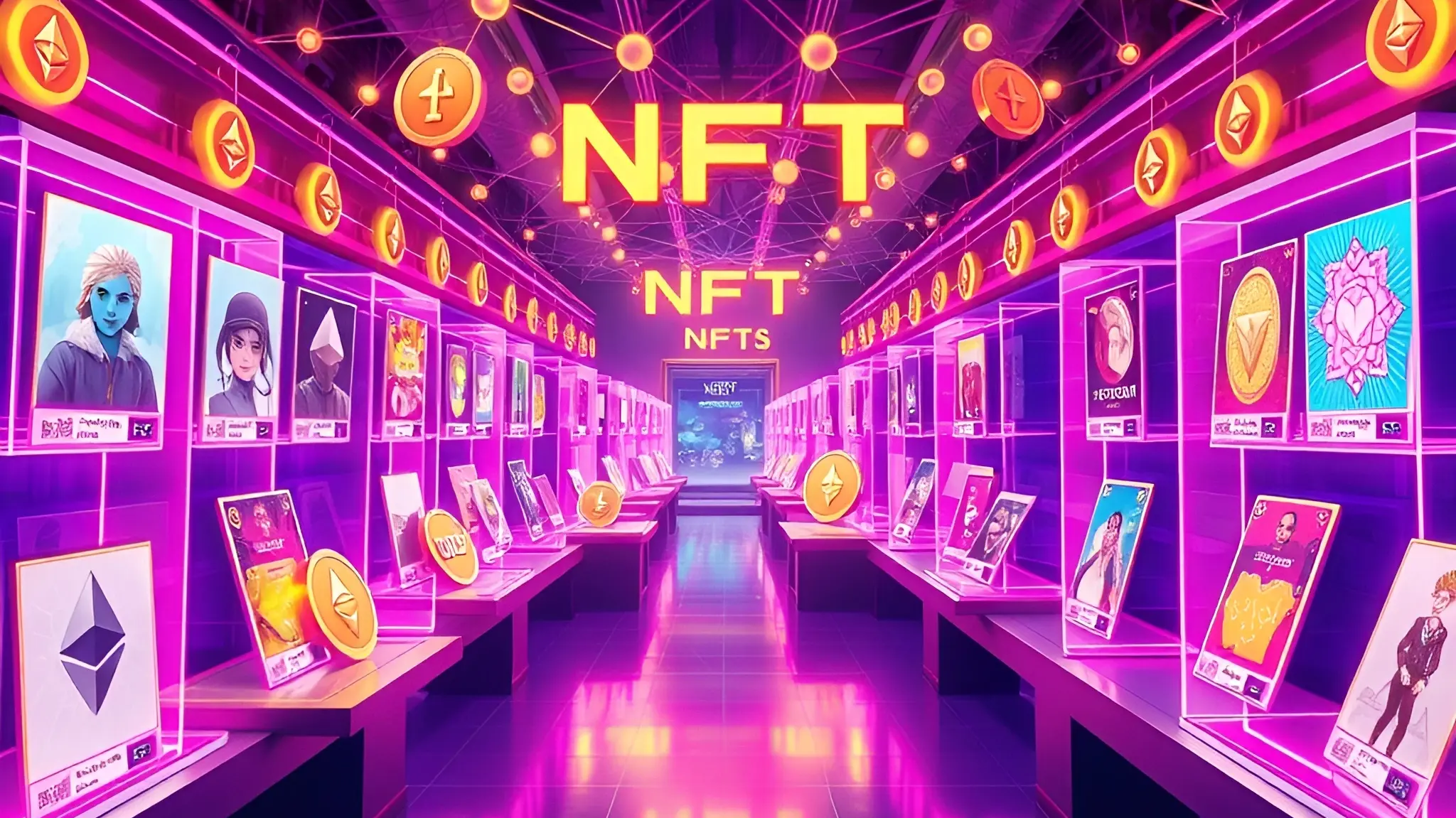
As technology advances and more people explore digital assets, NFTs are likely to become even more widespread. Key trends include:
- Interoperability: NFTs that can be used across multiple platforms and games.
- Regulation & Security: Governments and industry groups may introduce rules to protect buyers and sellers.
- Sustainability: Growing adoption of less energy-intensive blockchain models.
- Expanded Use Cases: Beyond art and collectibles, NFTs may play a role in identity verification, event tickets, and more.
Wrapping Up
NFTs mark a transformative shift in how we perceive and assign value to digital items.
By providing verifiable ownership and authenticity on a blockchain, they offer new avenues for creators, collectors, and investors alike.
Although challenges exist—such as market volatility and environmental concerns—ongoing innovations in blockchain technology and marketplace practices aim to address them.
As NFTs evolve, they are poised to reshape the future of digital commerce, art, and beyond.
Frequently Asked Questions (FAQs)
Can NFTS Be Created Without Technical Knowledge?
Yes, NFTs can be created without technical knowledge through user-friendly platforms that simplify the process. These platforms offer step-by-step guidance, ensuring accessibility while maintaining security and reliability in the creation and management of digital assets.
What Is the Environmental Impact of NFTS?
The environmental impact of NFTs mainly stems from their reliance on energy-intensive blockchain technologies. This significant strain on resources raises concerns regarding carbon footprints, necessitating sustainable solutions to mitigate ecological effects while fostering digital innovation responsibly.
Are NFTS a Good Investment?
Evaluating NFTs as an investment necessitates careful consideration of market volatility, potential returns, and inherent risks. While some individuals may achieve significant profits, the speculative nature of NFTs renders them unsuitable for conservative investment strategies.
How Do I Store My NFTS Securely?
To store NFTs securely, utilize hardware wallets for offline storage, ensuring private keys remain inaccessible online. Additionally, consider reputable platforms with strong encryption and multi-factor authentication to safeguard against unauthorized access and potential theft.
Can NFTS Be Gifted or Transferred?
Yes, NFTs can be gifted or transferred. This process typically involves utilizing a cryptocurrency wallet to facilitate the secure transfer of ownership, ensuring that all transactions are documented on the blockchain for transparency and traceability.

